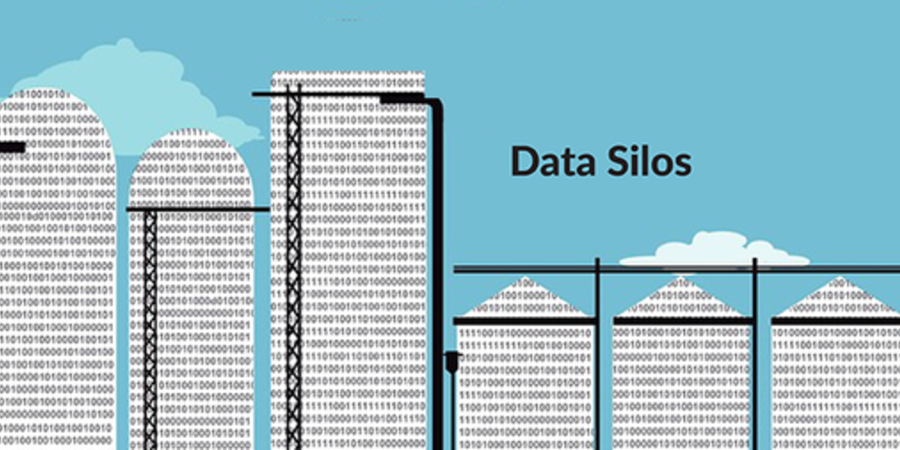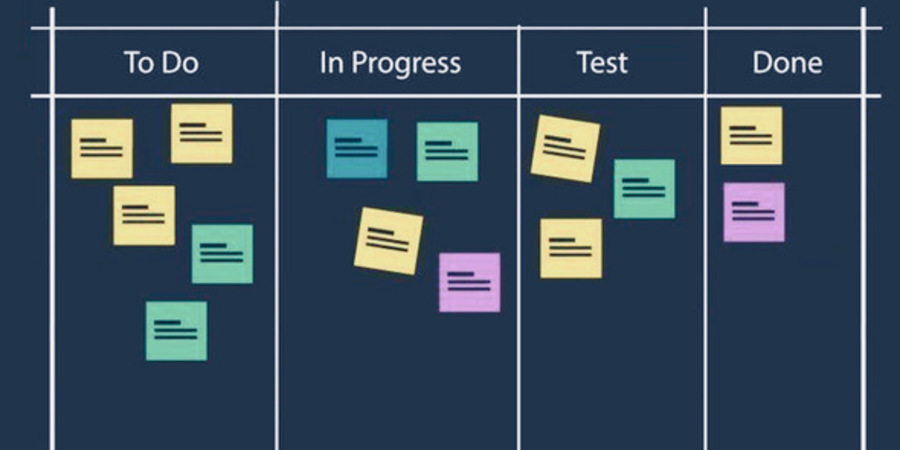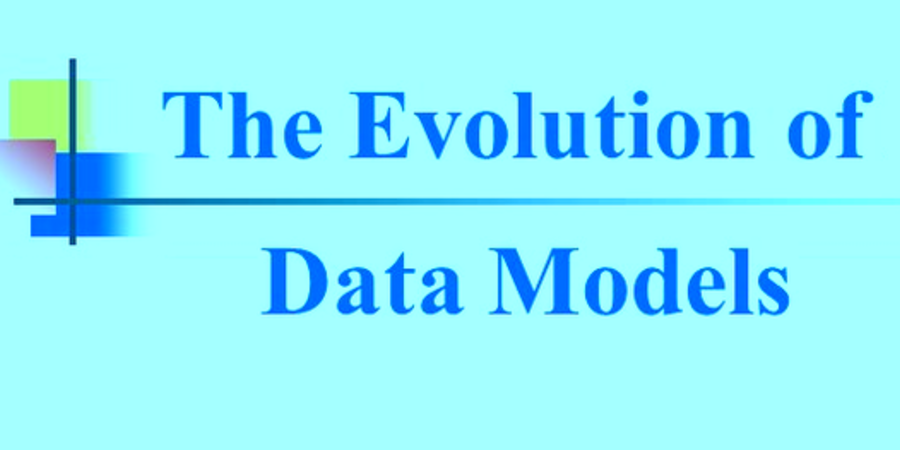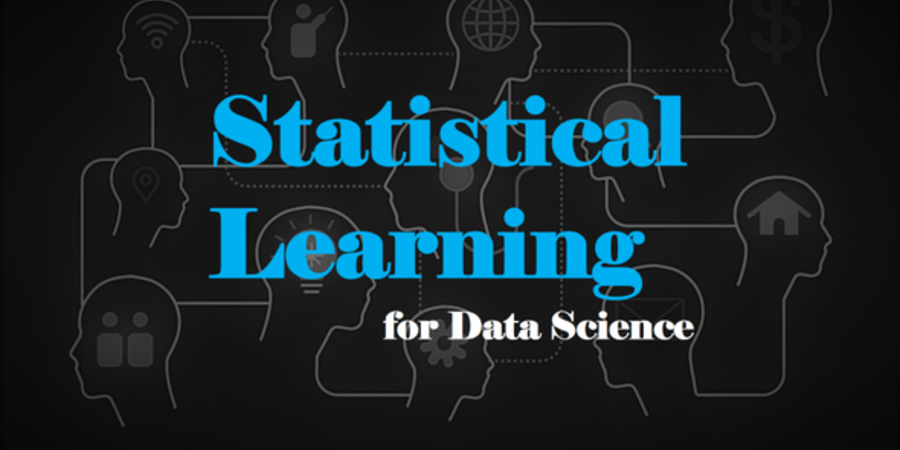As the amount of data enterprises deal with daily continues to explode, so does the number of different repositories creating data silos across an organization. The more disparate silos an organization has, the more vulnerabilities are likely to exist across the organization. The future needs for information management cannot be fulfilled with data and processes spread across various silos. Today information management thrives on using, analyzing and leveraging interrelated information in the right context. This cannot be done on a silo-based foundation.













